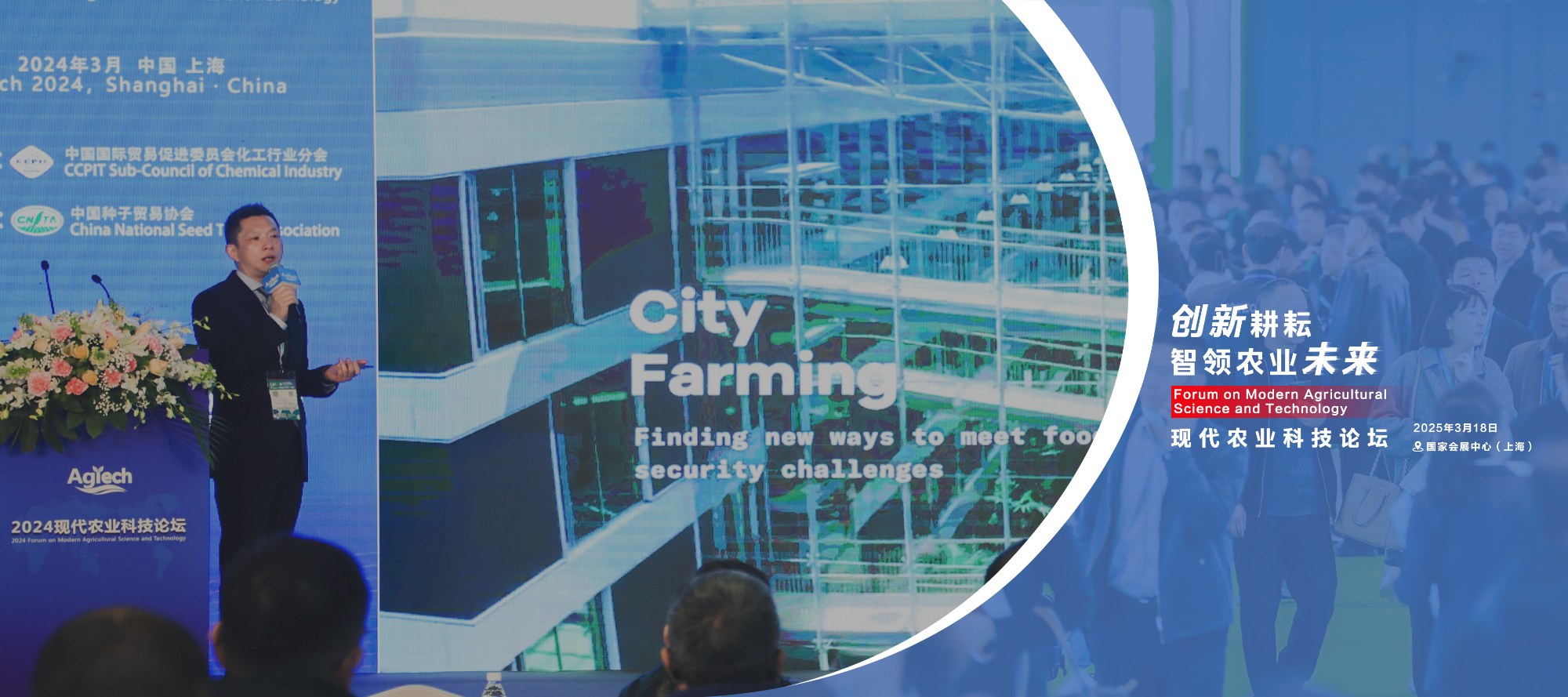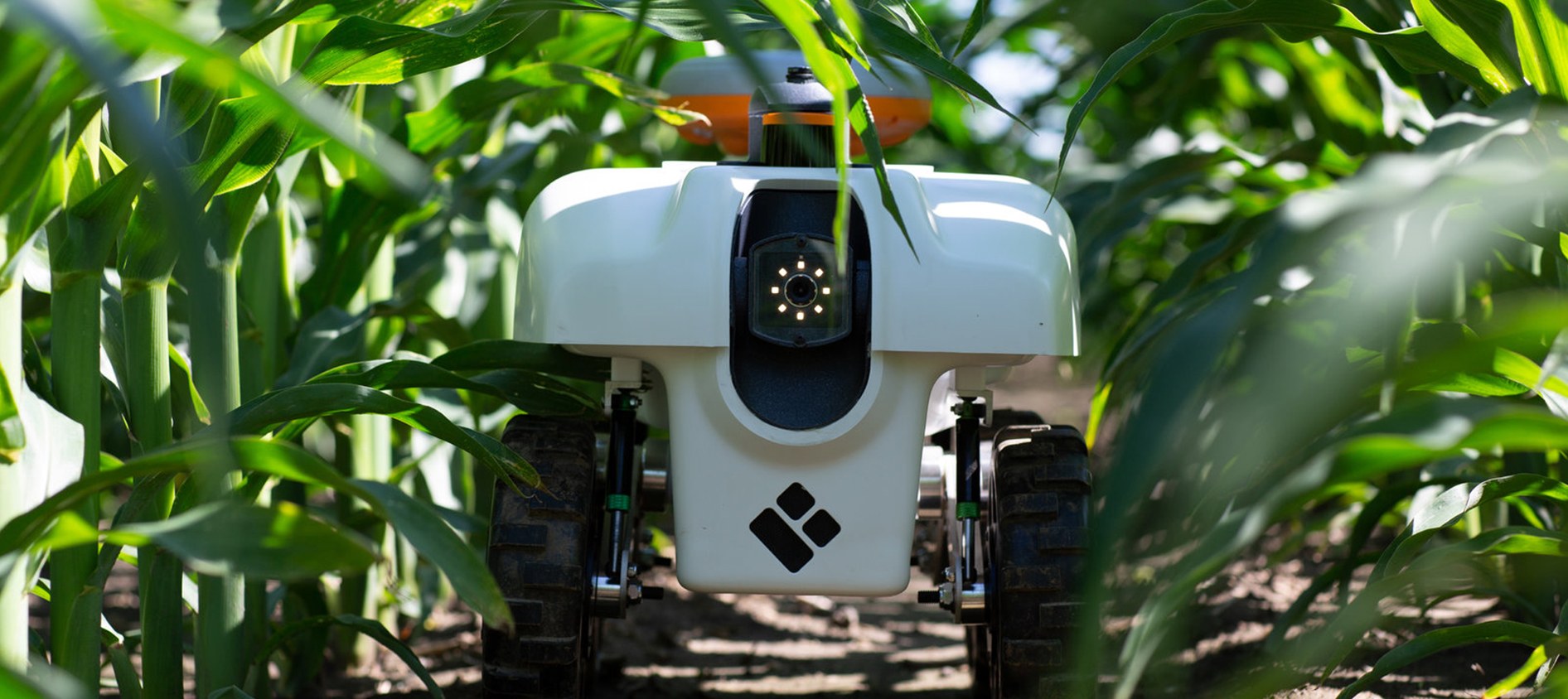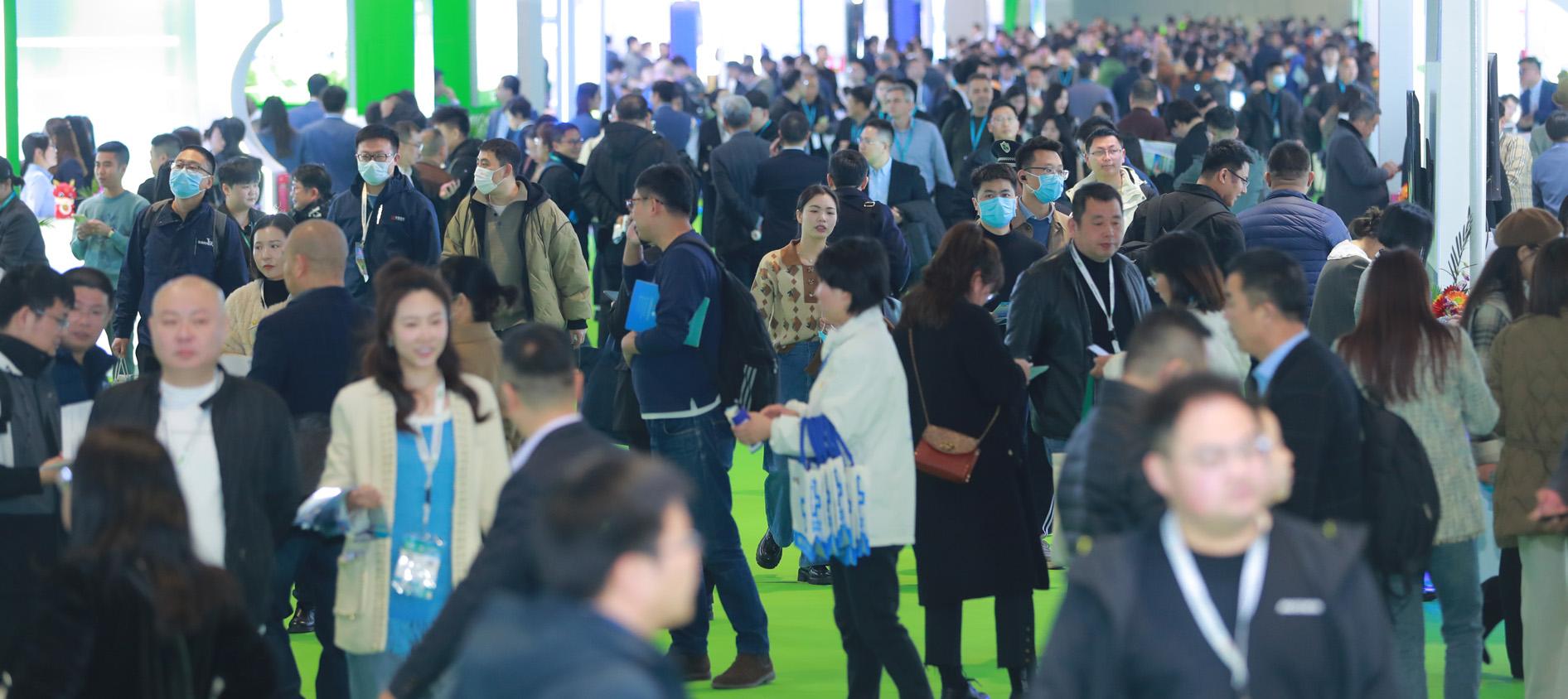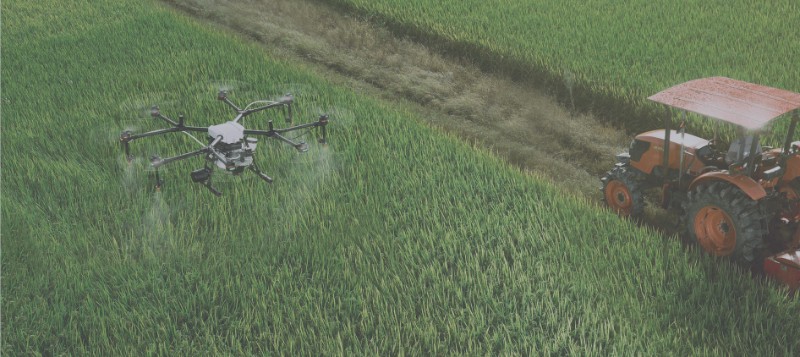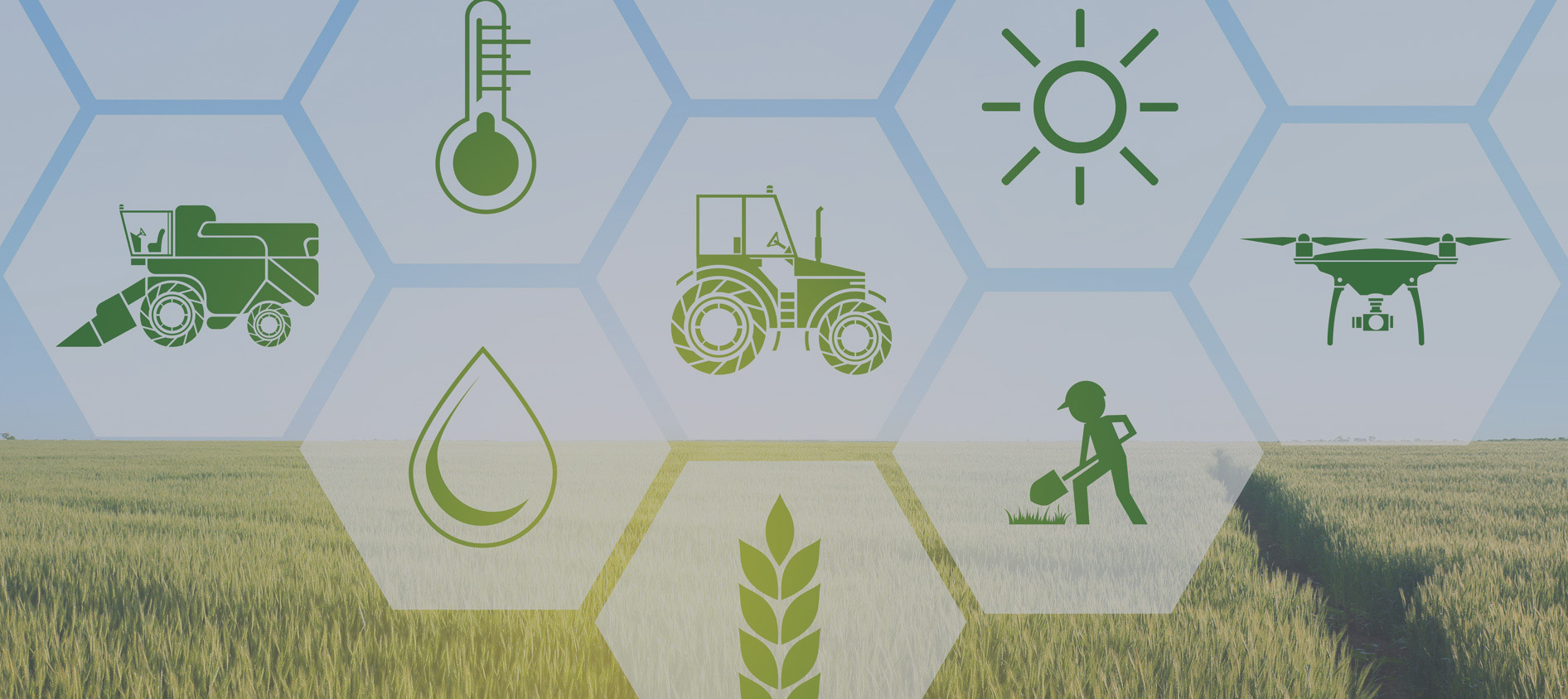Water-fertilizer integrated intelligent irrigation system: Precision drip irrigation reshapes the lifeline of modern agriculture
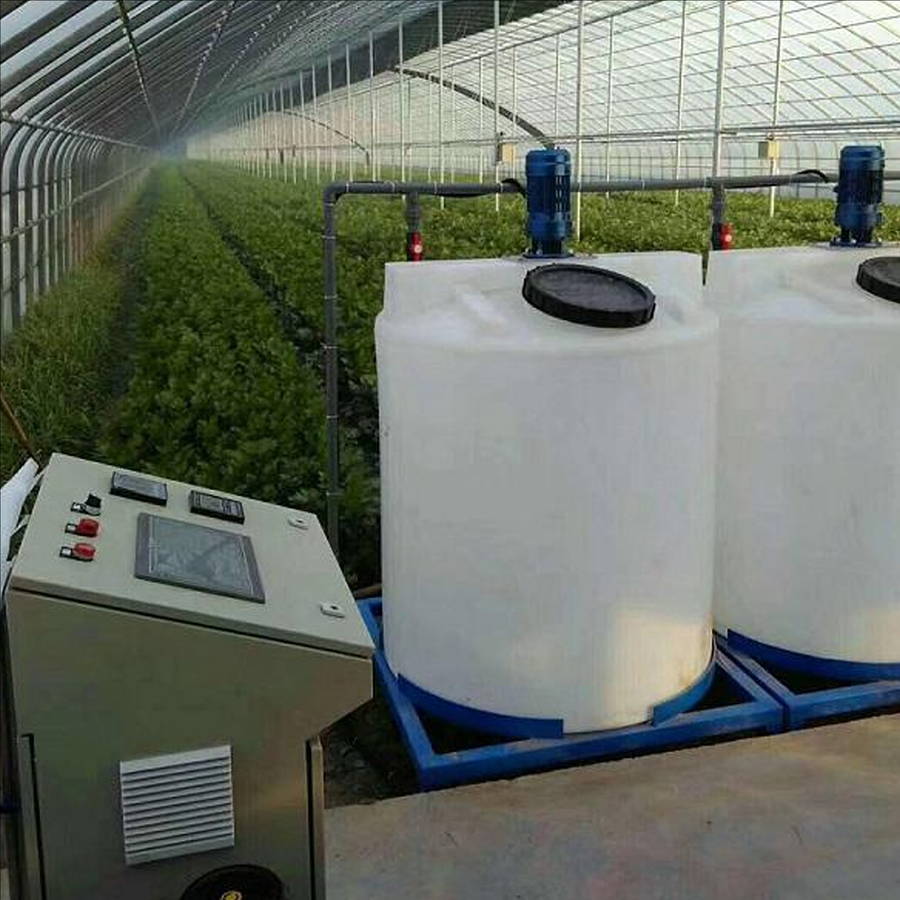
China's agricultural water consumption accounts for 62% of the total water consumption, but the utilization rate of traditional irrigation water is less than 50%, and the utilization rate of chemical fertilizers is only 35%. The problems of resource waste and non-point source pollution are serious. Global Software's water-fertilizer integrated intelligent irrigation system takes "precise perception, intelligent decision-making, and dynamic regulation" as its core. Through the deep integration of the Internet of Things, AI algorithms and irrigation equipment, it can achieve millimeter control of water supply time, fertilizer concentration, and irrigation volume. In Shouguang Vegetable Town, this system has helped to increase the yield of crops such as tomatoes and cucumbers by more than 30%, and the water and fertilizer utilization rate has increased to 85%, becoming a "digital engine" for the green transformation of modern agriculture.
1. Core functions: the irrigation revolution from "human control" to "intelligent control"
1. Intelligent monitoring: farmland equipped with "perspective eyes"
Multi-dimensional sensor network: deploy soil moisture sensors (layered monitoring of 0-100cm moisture content), EC/pH value detectors, meteorological stations and other equipment, upload data every 5 minutes, and achieve soil moisture monitoring error <2%.
Crop water and fertilizer demand model: establish a dynamic demand curve based on the crop growth stage (seedling, flowering, fruiting, etc.), accurately reduce the amount of irrigation in the seedling stage to avoid root rot.
2. Precision control: "exact" water-fertilizer ratio
Intelligent fertilizer mixing system: automatically adjust the concentration of nitrogen, phosphorus, potassium and trace elements according to the preset formula, and achieve a dynamic balance of calcium-magnesium ratio in crop planting, reducing the incidence of navel rot.
Variable frequency constant pressure irrigation: through the pipeline network pressure sensor to link the variable frequency water pump, ensure that the flow uniformity of the irrigation device at the end of the park is >95%, and solve the problem of "waterlogging near and drought far" in traditional irrigation.
3. Modeling optimization: Let the irrigation system "self-learn"
Digital twin simulation: Build a virtual farmland model to simulate the impact of different irrigation strategies on yield and quality, find the optimal irrigation interval, and save 30% of water.
AI dynamic parameter adjustment: Based on historical data and real-time environmental changes, the irrigation plan is automatically optimized. Once extremely high temperatures are encountered, the system will increase the proportion of nighttime irrigation to 70%, reducing evaporation losses by 45%.
2. Technological breakthroughs: Three major innovations crack the "water code" of agriculture
1. Multi-source data fusion decision-making
The Kalman filter algorithm is used to integrate soil sensors, weather forecasts, and crop image data, and the water demand prediction accuracy reaches ±5%;
Thermal infrared imaging identifies the transpiration state of leaves, and the farm automatically starts atomization cooling during strong light periods, increasing photosynthetic efficiency by 25%.
2. Real-time response of edge computing
The field smart gateway is equipped with a lightweight AI model, and the preset irrigation strategy can still be executed when the network is disconnected to respond to emergency drainage in rainstorms. The response speed is improved;
Blockchain technology records the water and fertilizer data of each irrigation, generates an unalterable green production file, and helps to increase the export premium of vegetables.
3. Lightweight equipment adaptation
Develop a low-cost drip irrigation belt pressure sensor with a service life of 5 years, which is suitable for promotion by small farmers;
The solar power supply system realizes off-grid operation, and the average irrigation cost per mu is reduced after farm application.
3. Typical Cases: "Digital Garden" in Shouguang Vegetable Town
1. Smart irrigation of tomatoes: from "watering by experience" to "drip irrigation by data"
Dynamic water-fertilizer formula: Automatically increase the proportion of potassium fertilizer to 12% during the fruit-setting period, the soluble solids content of the fruit reaches 8.5%, and the purchase price increases;
Disease prevention and control linkage: When the humidity in the root zone is detected to be too high, the irrigation volume is automatically reduced and ozone water sterilization is triggered, and the incidence of bacterial wilt is reduced by 90%.
2. Cucumber year-round production: breaking the "seasonal shackles"
Light, temperature, water and fertilizer synergy: In winter, high-frequency and small-scale irrigation is implemented in combination with the supplementary lighting system to promote root vitality, shorten the cucumber harvesting cycle to 35 days, and increase the annual planting crop to 8 crops;
Precise quality control: By adjusting the irrigation EC value (dynamic changes of 1.8-2.2mS/cm), the straightness rate of the melon strips is increased to 98%, and the shelf life is extended by 3 days.
3. Park-level intelligent management and control: "One-click management" of 2,000 acres of farmland
Zoning rotation irrigation strategy: formulate differentiated plans according to soil types (sandy loam area, clay area), saving 45% of water overall;
Mobile terminal remote control: managers adjust irrigation parameters in real time through APP, reducing on-site inspection hours by 8,000 hours in 2023.
4. Let every drop of water flow with the value of technology
Global Software's integrated water and fertilizer intelligent irrigation system redefines "intensive farming" - using data to replace visual inspection, using algorithms to optimize experience, and using intelligence to liberate manpower. In the practice of Shouguang Vegetable Town, this system not only achieved the triple breakthrough of "resource conservation, yield improvement, and quality upgrade", but also explored a digital path for the connection between small farmers and modern agriculture.




